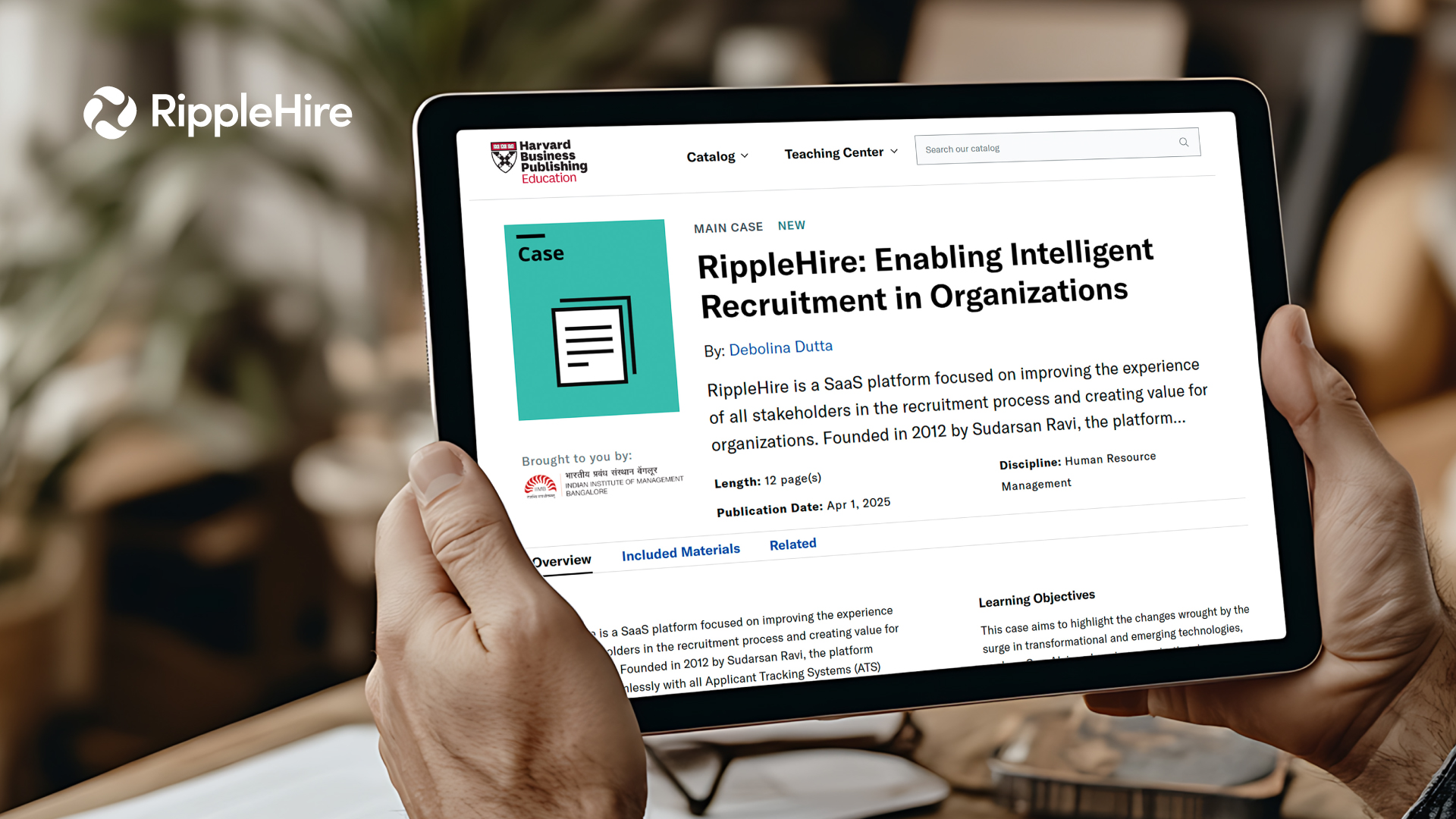You Suck! Now Go Stand There Facing the Wall.
Ever received feedback that instantly took you back to your school days? The kind that sounded less like coaching and more like punishment.
Have you ever delivered feedback with good intent, only to see no change at all?
Negative feedback is hard to take. But giving it effectively? That’s even harder.
In this post, we’re breaking down how to give and receive constructive criticism—with relevance to how work (and hiring) happens in 2025.
The 3 Core Elements of Feedback
Every piece of feedback rests on three pillars: Language, Emotion, and Intent. (Hat tip to Landmark Education for the framework.)
- Language: The words you use.
- Emotion: The tone you deliver it with.
- Intent: The reason you’re giving feedback in the first place.
In most cases, intent is positive. We give feedback to help others grow. But feedback fails when the emotion overpowers the message.
Yell at someone—they won’t remember your words, only how you made them feel. A calm voice with direct language gets processed. Anger doesn’t.
Pro Tip: If you have to choose, keep the emotion mild and the language strong. Not the other way around.
Feedback in 2025: What’s Changed
Work today is hybrid, remote, and distributed across time zones. Giving feedback across Slack messages, video calls, or asynchronous platforms is now the norm.
This means you can’t rely on body language alone. Tone, timing, and clarity matter more than ever.
Here’s how feedback delivery is evolving:
- Real-time feedback is now the standard. Waiting for quarterly reviews is outdated.
- Written feedback is gaining ground. Tools like Slack, Loom, and HR platforms are where feedback often lives.
- Tone matters more in text. Without facial cues, a neutral sentence can be misread.
RippleHire, for instance, supports structured feedback capture in interviews and evaluations—making it easier for TA teams to provide consistent, useful input during hiring.
When and How to Deliver Feedback
Timing:
The best feedback is timely. If a trigger event happens—address it soon. Delays dilute context.
Medium:
- In person/video: Great for sensitive or detailed conversations.
- Email or written tools: Good for clarity. Just ensure your intent is explicitly stated.
- Chat or async tools: Use for quick nudges, but be mindful of tone.
Avoid social media. Feedback isn’t content. Unless you’re addressing a brand, not a person.
Feedback in the Context of Hiring and Recruiting
Hiring is one of the most feedback-intensive processes inside an organization.
Yet feedback is often:
- Inconsistent
- Unstructured
- Subjective
That’s a problem.
In 2025, high-performance hiring requires:
- Structured scorecards
- Standardized interview questions
- Clear rubric-based evaluations
RippleHire enables all of this by:
- Capturing structured feedback across interview stages
- Reducing bias with standardized formats
- Creating visibility across the hiring panel
When feedback is consistent and collaborative, hiring outcomes improve.
Summary: Feedback That Works in 2025
Giving (and receiving) feedback in today’s hybrid, fast-paced environment requires intent, empathy, and structure.
- Say what you mean.
- Say it with the right tone.
- Make your intent visible.
And if you’re hiring? Choose systems that turn feedback into fuel—for better decisions, better outcomes, and better teams.
RippleHire’s high-performance ATS is built to help you do exactly that.
👉 [Explore RippleHire for collaborative, feedback-driven hiring]






